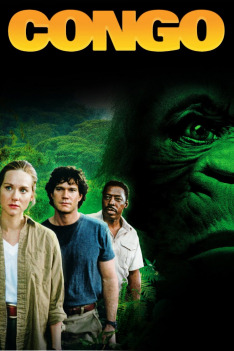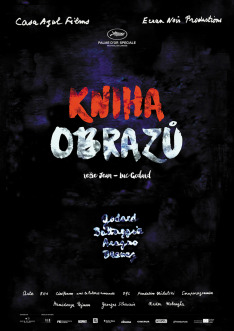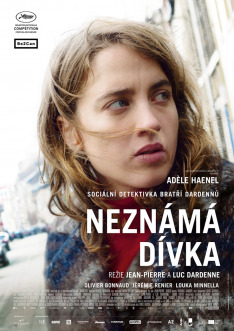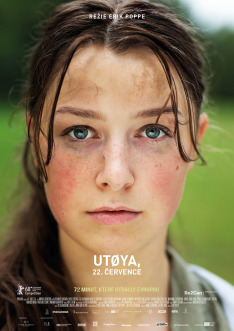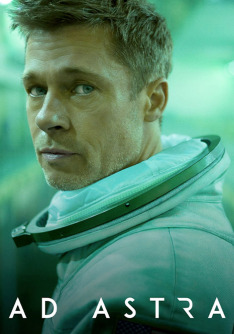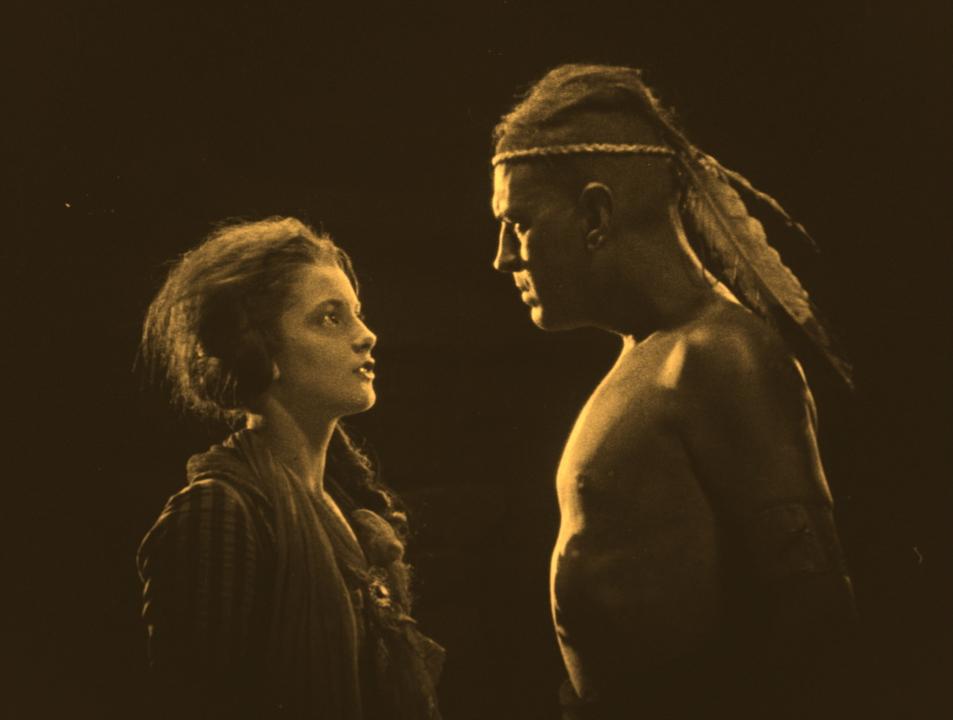
The Last of the Mohicans
In the midst of the French and Indian War, the eldest daughter of a British officer develops an attraction towards an Indian ally who is the last living warrior of his tribe, the Mohicans. While warning the British of an approaching Huron war party, Uncas , son of the last living Mohican chief, catches the eye of Cora Munro, a colonel's daughter visiting from Fort Henry. When Magua, the scout and presumed British ally sent to escort Cora and her sister back to Fort Henry, kidnaps them instead, Uncas, his father and their friend must save the girls from certain doom. There have been numerous screen versions of James Fenimore Cooper's literary classic, which was published in 1826. This silent version, made by visionary filmmakers Clarence Brown and Maurice Tourneur, was released in 1920, at a time when feature-length films of this size and scope were still in their infancy. The film's expansive outdoor locations, sets and costumes, and grand-scale battle scenes remain impressive nearly a century later. The positive portrayal of some Native American characters was also a rarity for the era. In an early unbilled screen role, a young Boris Karloff can be glimpsed among the warriors.
More informationSimilar shows
About show
In the midst of the French and Indian War, the eldest daughter of a British officer develops an attraction towards an Indian ally who is the last living warrior of his tribe, the Mohicans.
While warning the British of an approaching Huron war party, Uncas , son of the last living Mohican chief, catches the eye of Cora Munro, a colonel's daughter visiting from Fort Henry. When Magua, the scout and presumed British ally sent to escort Cora and her sister back to Fort Henry, kidnaps them instead, Uncas, his father and their friend must save the girls from certain doom. There have been numerous screen versions of James Fenimore Cooper's literary classic, which was published in 1826. This silent version, made by visionary filmmakers Clarence Brown and Maurice Tourneur, was released in 1920, at a time when feature-length films of this size and scope were still in their infancy. The film's expansive outdoor locations, sets and costumes, and grand-scale battle scenes remain impressive nearly a century later. The positive portrayal of some Native American characters was also a rarity for the era. In an early unbilled screen role, a young Boris Karloff can be glimpsed among the warriors.
